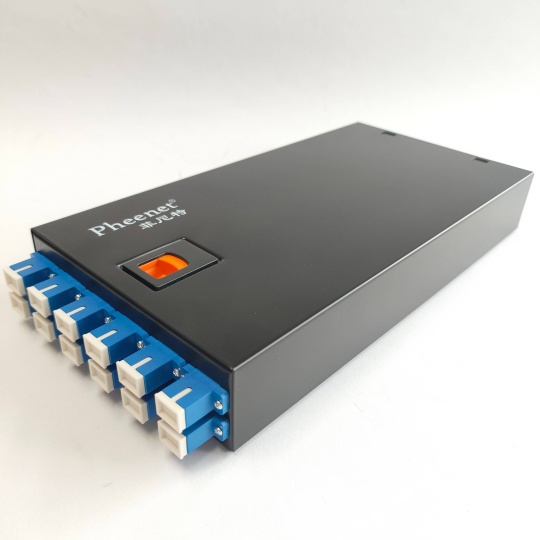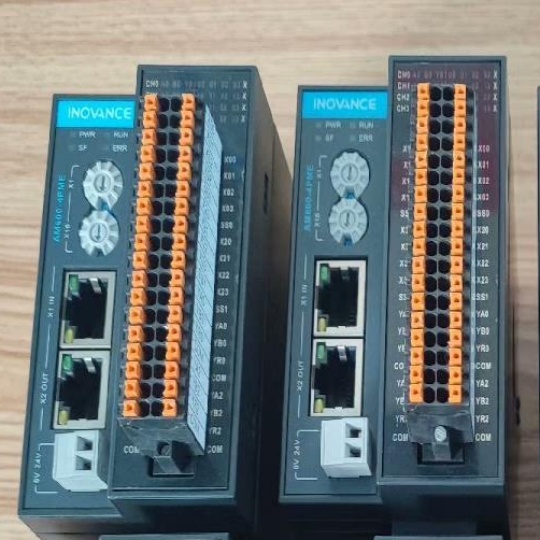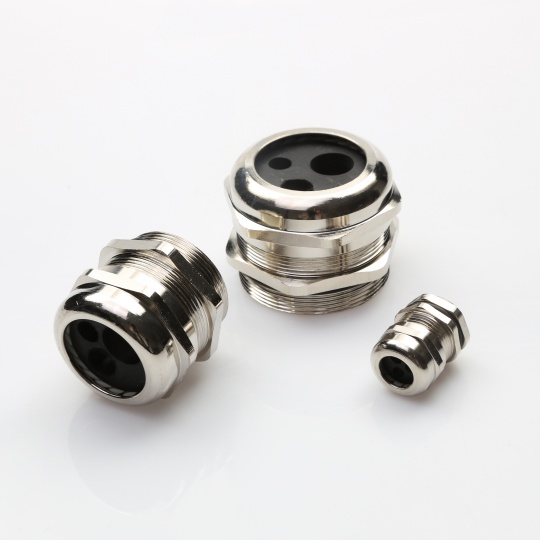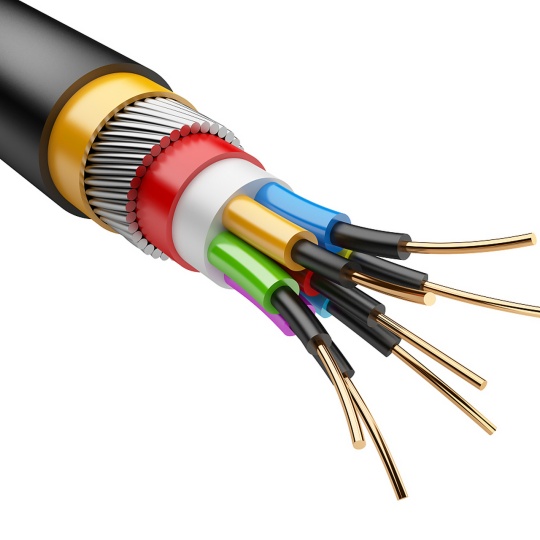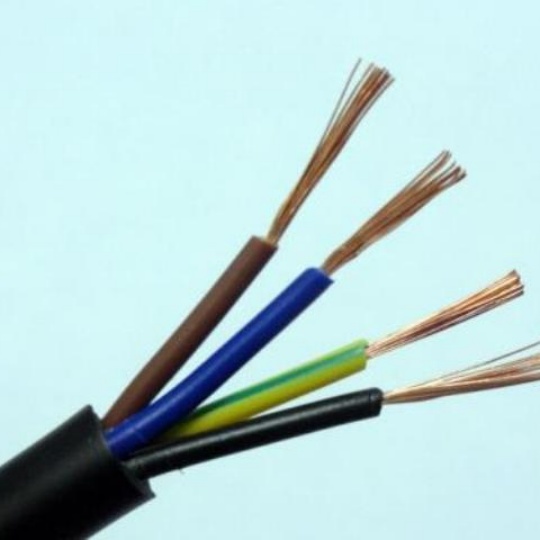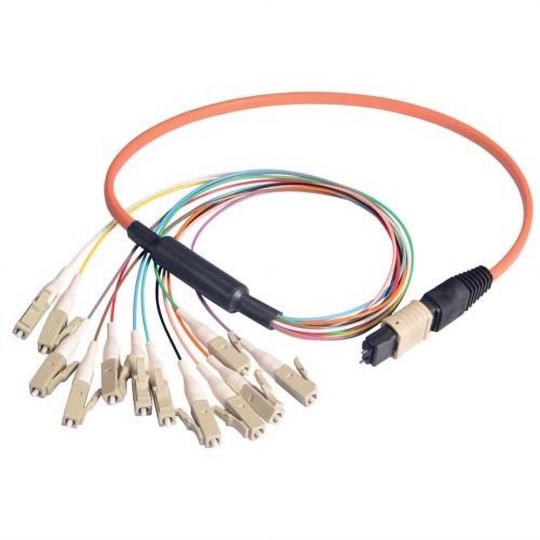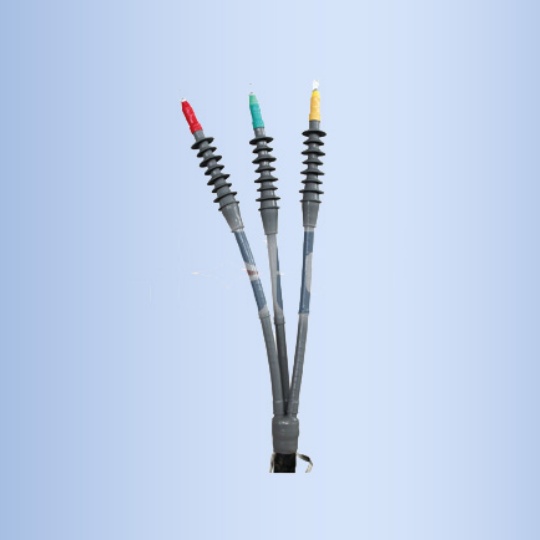How to Test the Conductivity of an Industrial Cable: A Comprehensive ...
Industrial cables are the lifelines of manufacturing plants, power grids, and heavy machinery. Their conductivity directly impacts energy efficiency, operational safety, and equipment performance. A cable with poor conductivity can lead to energy loss, overheating, and even catastrophic failures. But how do you accurately test the conductivity of an industrial cable? In this guide, we’ll walk you through the step-by-step process, essential tools, safety protocols, and common pitfalls to avoid—helping you ensure your industrial cables meet performance standards and keep your operations running smoothly.
Why Industrial Cable Conductivity Testing Matters
Before diving into the testing process, let’s understand why conductivity testing is critical for industrial cables:
- Energy Efficiency: Cables with low conductivity increase resistance, leading to higher energy loss as heat. This wastes resources and raises operational costs.
- Safety: Poor conductivity can cause overheating, which may trigger fires or damage connected equipment. In high-voltage industrial settings, this risk is amplified.
- Reliability: Conductivity directly affects signal and power transmission. Unreliable conductivity can disrupt production lines or critical infrastructure.
- Compliance: Many industries (e.g., energy, manufacturing, aerospace) must adhere to standards like IEC 60228, ASTM B193, or ANSI/NEMA WC 70 to ensure cable performance. Conductivity testing verifies compliance.
Pre-Testing Preparation: What You Need to Get Started
Testing industrial cable conductivity requires careful preparation to ensure accuracy and safety. Here’s what you need to do before starting:
1. Gather Essential Tools and Equipment
The right tools are key to accurate conductivity measurements. Depending on your cable type and testing goals, you’ll need:
- DC Resistance Tester: Measures the electrical resistance of the cable, a direct indicator of conductivity (conductivity is inversely proportional to resistance).
- Four-Point Probe Tester: Ideal for precise measurements, especially for cables with irregular surfaces or large cross-sections. It eliminates contact resistance errors.
- Megohmmeter (Insulation Resistance Tester): While primarily for insulation checks, it helps rule out insulation flaws that can skew conductivity readings.
- Thermometer and Hygrometer: Temperature and humidity affect conductivity. These tools help record environmental conditions for result calibration.
- Cleaning Supplies: Alcohol wipes, lint-free cloths, and wire brushes to remove dirt, oxidation, or corrosion from cable terminals—contaminants can disrupt electrical contact.
- Safety Gear: Insulated gloves, safety glasses, voltage testers, and lockout/tagout (LOTO) equipment to prevent electric shock.
2. Safety First: Critical Precautions
Industrial cables often carry high voltages or are part of live systems. Never skip these safety steps:
- Disconnect Power: Ensure the cable is fully disconnected from all power sources. Use a voltage tester to confirm no live current.
- Check Insulation: Inspect the cable’s outer sheath for cracks, cuts, or damage. Damaged insulation increases shock risks.
- Train Personnel: Only qualified technicians with training in electrical safety should perform tests.
- Document the Process: Record the cable’s location, type, and current status (e.g., “de-energized”) before testing.
Step-by-Step Guide to Testing Industrial Cable Conductivity
The method you choose depends on the cable’s size, material (copper, aluminum, etc.), and application. Below are the two most reliable techniques:
Method 1: DC Resistance Measurement (Most Common for Industrial Cables)
This method calculates conductivity by measuring the cable’s resistance to direct current. Conductivity (σ) is inversely proportional to resistance (R), as defined by the formula:
σ = (L) / (R × A)
Where:
- L = Length of the cable segment tested (in meters)
- A = Cross-sectional area of the cable (in m²)
- R = Measured resistance (in ohms)
Steps:
- Prepare the Cable: Cut a representative sample (at least 1 meter) from the cable. Ensure the ends are clean and flat—use a wire stripper to remove 2–3 cm of insulation, then sand the exposed conductors to remove oxidation.
- Set Up the DC Resistance Tester: Calibrate the tester according to the manufacturer’s instructions. Select a resistance range appropriate for the cable (e.g., 0–100 ohms for copper cables).
- Make Connections: Attach the tester’s probes to the cleaned ends of the cable. Ensure firm contact—loose connections cause false high-resistance readings.
- Record Resistance: Take 3–5 readings at 30-second intervals to account for minor fluctuations. Average the results for accuracy.
- Calculate Conductivity: Use the formula above. For reference, pure copper has a conductivity of ~58 S/m (siemens per meter) at 20°C; aluminum is ~37 S/m. Compare your result to the cable’s rated conductivity (found in the manufacturer’s datasheet).
Method 2: Four-Point Probe Method (For High-Precision Testing)
This method eliminates contact resistance errors, making it ideal for large-diameter cables or those with uneven surfaces (e.g., armored cables). It uses four probes: two to pass current through the cable and two to measure voltage drop.
Steps:
- Position the Probes: Place four equally spaced probes along the cable’s length (e.g., 5 cm apart). The outer two probes (current probes) connect to a current source; the inner two (voltage probes) connect to a voltmeter.
- Apply Current: Send a low, steady DC current (typically 1–10 A) through the outer probes. Avoid high currents—they can heat the cable and alter conductivity.
- Measure Voltage Drop: Record the voltage (V) between the inner probes. Use Ohm’s Law (R = V/I) to calculate resistance, where I is the applied current.
- Calculate Conductivity: Use the same σ = L/(R × A) formula, with L as the distance between the inner probes.
Method 3: Eddy Current Testing (For Non-Destructive Evaluation)
This is ideal for in-place cables where cutting a sample isn’t feasible (e.g., cables in machinery or walls). It uses electromagnetic induction to detect conductivity variations without physical contact.
Steps:
- Calibrate the Eddy Current Tester: Use a reference sample of the same material and size as the test cable to set baseline conductivity.
- Scan the Cable: Hold the tester’s coil parallel to the cable’s surface, moving it slowly along the length. The coil generates eddy currents in the cable; changes in conductivity alter these currents, which the tester measures.
- Analyze Results: The tester displays conductivity readings in %IACS (International Annealed Copper Standard), where 100% IACS = 58 S/m (copper). A drop below 90% IACS may indicate degradation.
Interpreting Results: What Do the Numbers Mean?
- Acceptable Range: Most industrial copper cables should have conductivity ≥ 95% IACS (55 S/m). Aluminum cables typically range from 61–65% IACS (35–37 S/m).
- Red Flags: Conductivity below 80% IACS suggests issues like:
- Corrosion (common in outdoor or humid environments).
- Alloy impurities (e.g., cheap copper with high iron content).
- Mechanical damage (e.g., crushing or stretching that deforms conductors).
- Environmental Adjustments: Conductivity decreases with temperature. For copper, correct results using the formula: σ₂₀ = σₜ / [1 + α(t – 20)], where α = 0.00393/°C (temperature coefficient) and t = test temperature (°C).
Common Mistakes to Avoid
- Ignoring Surface Contamination: Oxidation or dirt creates a barrier, increasing resistance. Always clean terminals before testing.
- Using Uncalibrated Equipment: Even minor calibration errors can skew results. Calibrate testers monthly or per manufacturer guidelines.
- Testing Too Short a Sample: A sample <1 meter may not represent the entire cable’s conductivity. Longer samples reduce measurement error.
- Neglecting Temperature: Testing in direct sunlight or near heat sources (e.g., motors) raises cable temperature, lowering conductivity. Test in a controlled environment (20–25°C ideal).
Conclusion: Ensure Long-Term Cable Performance
Regular conductivity testing is non-negotiable for industrial cable maintenance. By following these methods, you’ll catch issues early, reduce downtime, and ensure compliance with industry standards like IEC 60228 (for conductor resistance) or IEEE 400 (for cable testing).
Remember: conductivity isn’t static. Factors like aging, moisture, and mechanical stress degrade performance over time. Schedule quarterly tests for critical cables (e.g., those in power distribution) and annual tests for less critical ones.
Need help choosing the right tester or interpreting results? Contact our team of industrial cable experts for personalized guidance.
FAQs
Q: Can I test a cable while it’s still installed?
A: Yes, use eddy current testing or a clamp-on resistance meter, but ensure it’s de-energized first.
Q: How often should I test industrial cables?
A: Critical cables (e.g., in high-voltage systems): quarterly. General-purpose cables: annually.
Q: What’s the difference between conductivity and insulation resistance?
A: Conductivity measures how well a conductor carries current; insulation resistance measures how well the sheath resists current leakage. Both are important for cable health.


